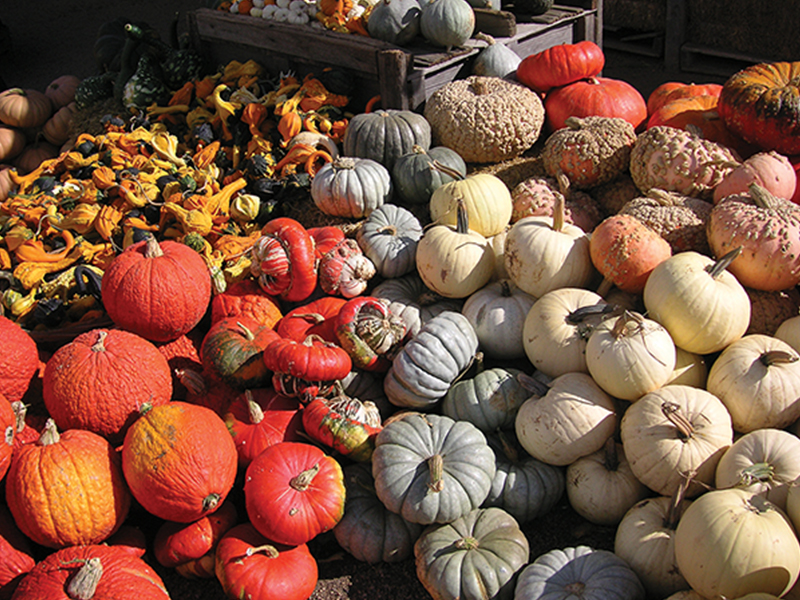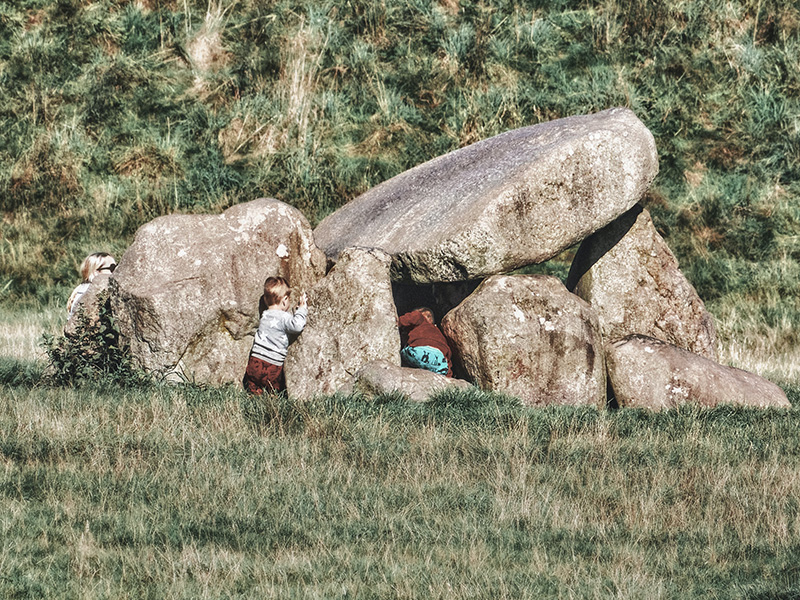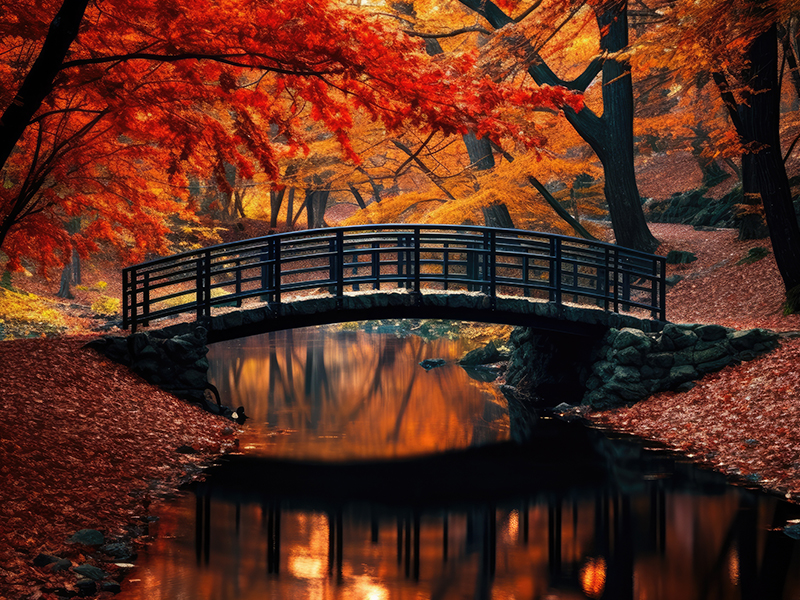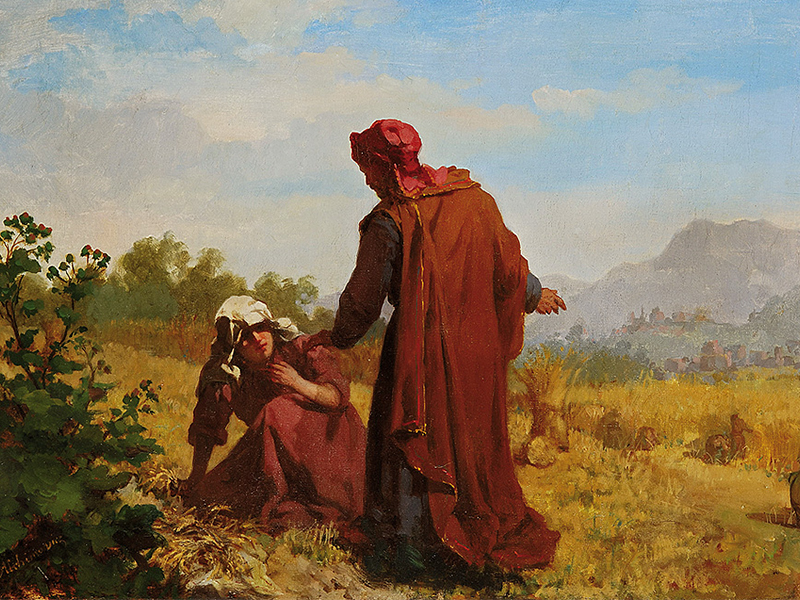From Spiritual Seasonings: A Life Recipe Book by Lola Wilcox
All Hallows is the end and beginning of the Celtic Year. It is a time when the veil between the worlds, the boundaries between upper, lower and middle earth, become thin, transparent. Beings can cross over. There is an opportunity for direct contact.
All Hallows is a cross-quarter marker of the year, and called Samhain in many traditions. The date falls mid-way between Equinox and Winter Solstice, and is half a year away from May Day (Beltaine).

Spirits, Lanterns and Costumes
Boundaries is an operative concept; lanterns are set to mark where they touch. The lanterns say to the visiting spirits enter (or don’t enter) here. In many cultures the spirits that return are the ancestors, and All Hallows is a time for festivals that celebrate their lives. The Day of the Dead (Día de Muertos) is one such example.
Pumpkins and large gourds are the traditional lantern. They are emptied of the seeds, which can be roasted and eaten. They can be carved with faces or patterns that are either welcoming or frightening. A light is placed inside to illuminate the carving, and light the way.
The light in the lantern also can be representative of the light of a soul who has been refused entrance to either the upper or lower worlds, and needs must wander; sometimes this spirit is beneficent, directing those in trouble to safety, sometimes the spirit is maleficent, leading people astray.
In some cultures only lost or evil spirits are thought to roam the world on All Hallows’ Eve, where they would frighten quickened human beings by playing malicious tricks. The only hope of escape when abroad on that night was to disguise oneself and look like a member of the spirit world – thus the costumes.
Trick or Treat
A custom developed where people dressed in costumes and roamed their neighborhoods. They would visit their neighbors’ homes in groups, calling out “Trick or Treat”. This could mean “give us a treat or we’ll trick.” Sometimes the goal was mischief:
- taking down fences so animals roamed
- putting toilet paper over bushes and trees
- upsetting trash cans, wood piles, outhouses and other small structures
- smearing windows with mud or soap
- frightening people caught out in the night.
The costumes prevented identification. For one night the culture gives permission to act out unhelpful impulses, crossing the thin membrane. In the morning neighbors – often the same people – would show up to set things right.
All Saints/All Souls
The following days, November 1 and 2, are All Saints and All Souls. These days mark the time to name the dead, and to remember those who have been saints in our lives. Some churches still keep this tradition. In our house we have a circle on our altar made of stones, shells, small figures, nuts. On the right side of the circle we keep the name of any who have died during the last year. (The left side holds the names of those who are ill, or on a Road of Trials, and we pray for their safe passage.) During All Hallow’s we light a bonfire, take the slips of paper to it, and burn them, naming the names of those who have passed.
As to the Saints – we need to remember those brave ones who have gone before us keeping open the ways of faith and justice. Some are centuries old; some are the neighbor who protects the children.

Celtic New Year
The Celtic New Year begins with the descent into stillness, a remembrance of the dead, and the quietness of a non-planting, non-harvesting season. The year moves towards Winter Solstice.
A Tea at All Hallows is about how we celebrate this holiday consciously or unconsciously, and how personal stories may be told to celebrate this season perhaps more than at any other.
How about you, Journey-Maker?
What are your celebrations for this season?
Who passed into the other worlds this year?
May the season bless you and yours.




